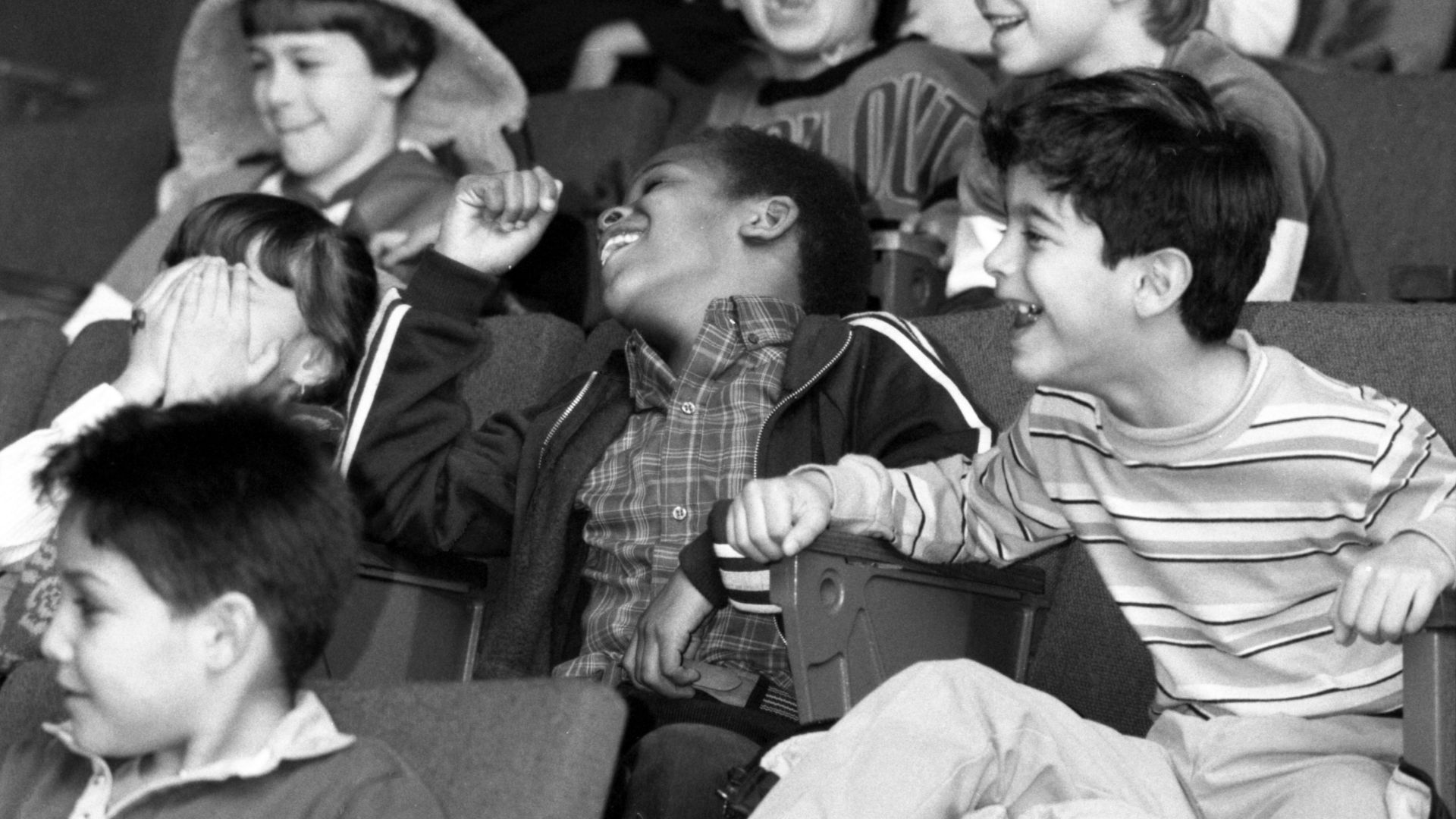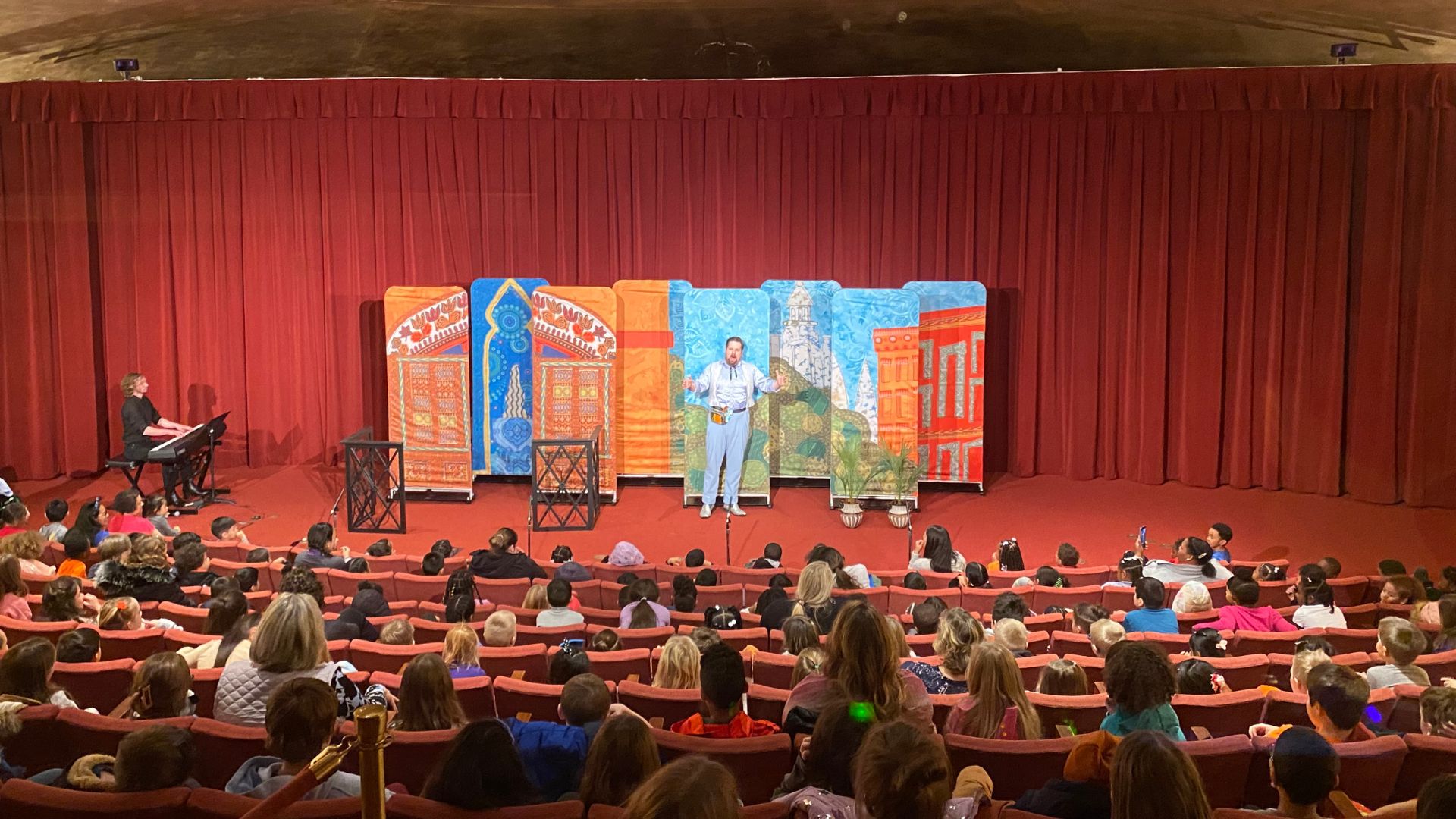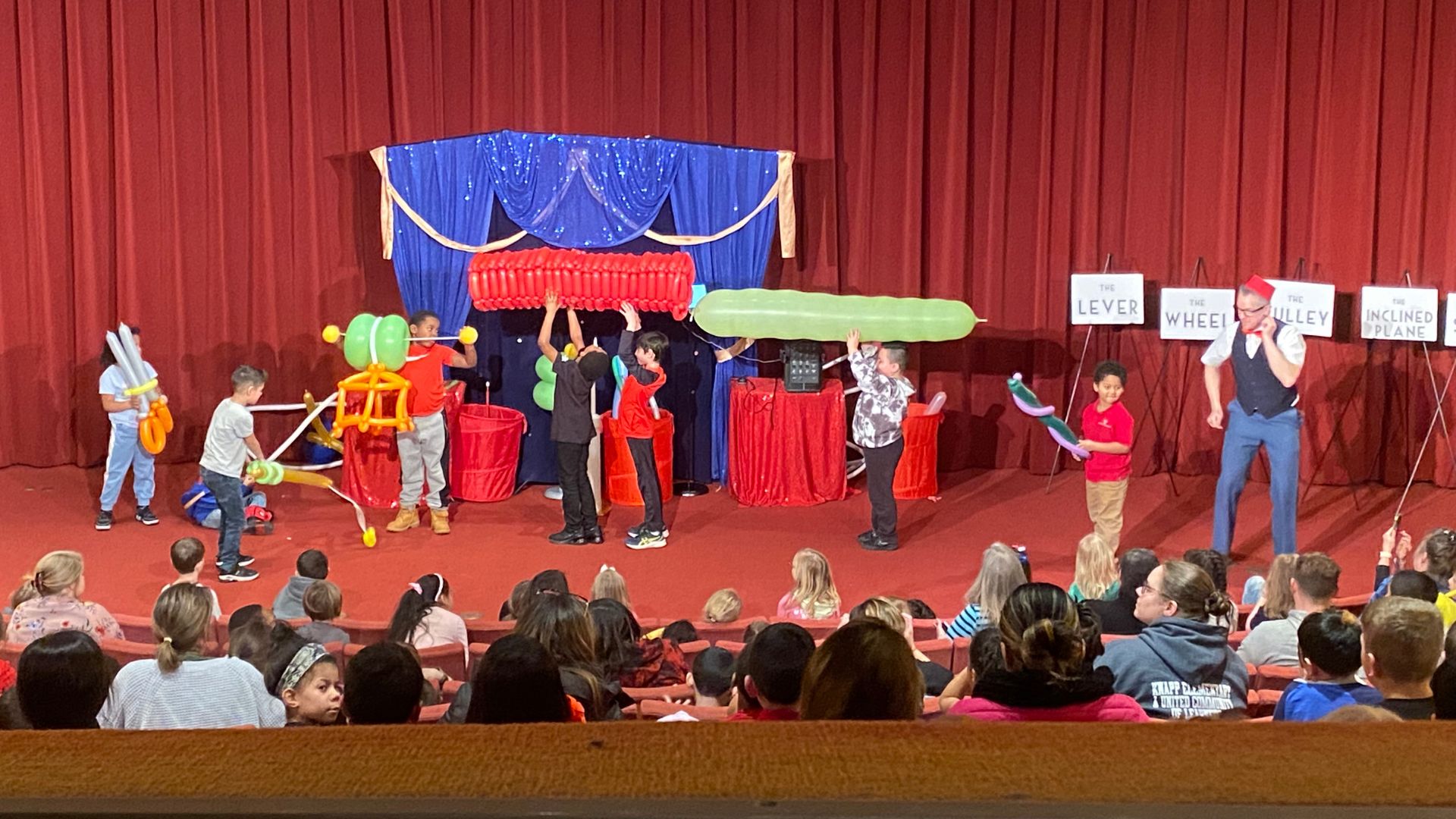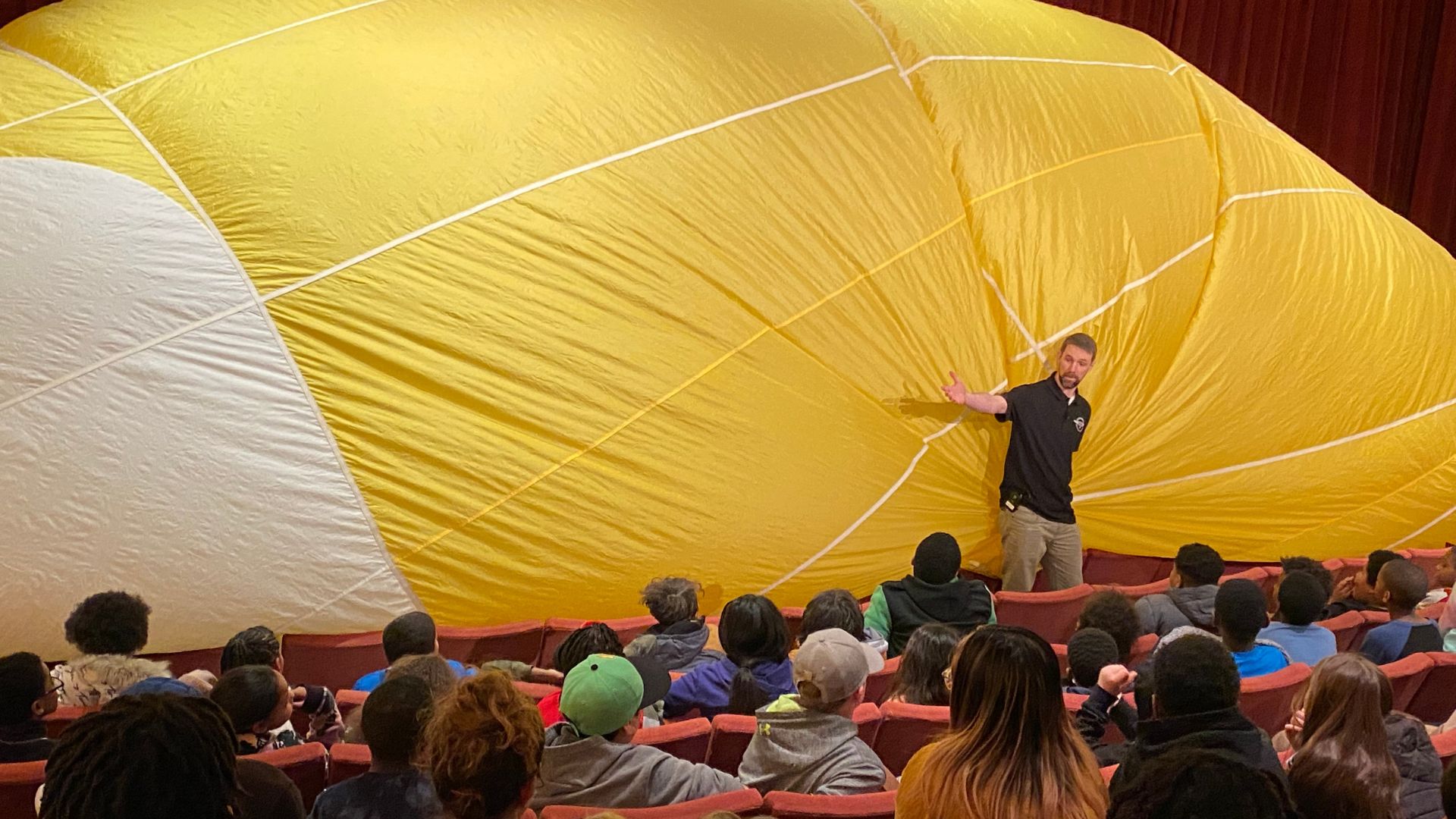Day Tripping: STEM Learning Trips Outside the Classroom are an Opportunity to Find Fun in Learning and The Sciences
Just after 9 a.m., three busloads of middle school students pour into the parking lot at SC Johnson’s corporate headquarters in Racine, Wisconsin. Almost 200 students are excitedly moving about, awaiting the next set of countless instructions and logistics involved in a school field trip. On the agenda today: hands-on demonstrations and learning about the aspects of modern physics, as well as heat, energy, electricity, magnetism and plasma.
The field trip is part of SC Johnson’s Kaleidoscope Educational Series (KES), which offers a variety of programs designed to support school curricula covering a wide variety of subjects from science and math to art, music and theater. This year’s program will attract an estimated 51,000 students. For many kids, this will be their first field trip in a long time; for some, it’s their first field trip ever.
For many students, field trips are an adventure that takes them to unfamiliar places. They get introduced to new locations and ideas in addition to having classroom concepts reinforced. It’s also a kickstart to their curiosity and imagination — and to the possibilities of their career. However, field trips require funding and transportation, which can sometimes be scarce, especially in recent years, as many schools face tighter budgets. And they can be logistically challenging to organize.
SC Johnson’s KES STEM programs are offered at no cost to schools and students, whether an actual field trip to Racine or via a broadcast to classrooms in communities where the company has business operations. That includes helping organize — and, importantly, pay for — transportation to and from SC Johnson’s campus, the space and the educational programming.
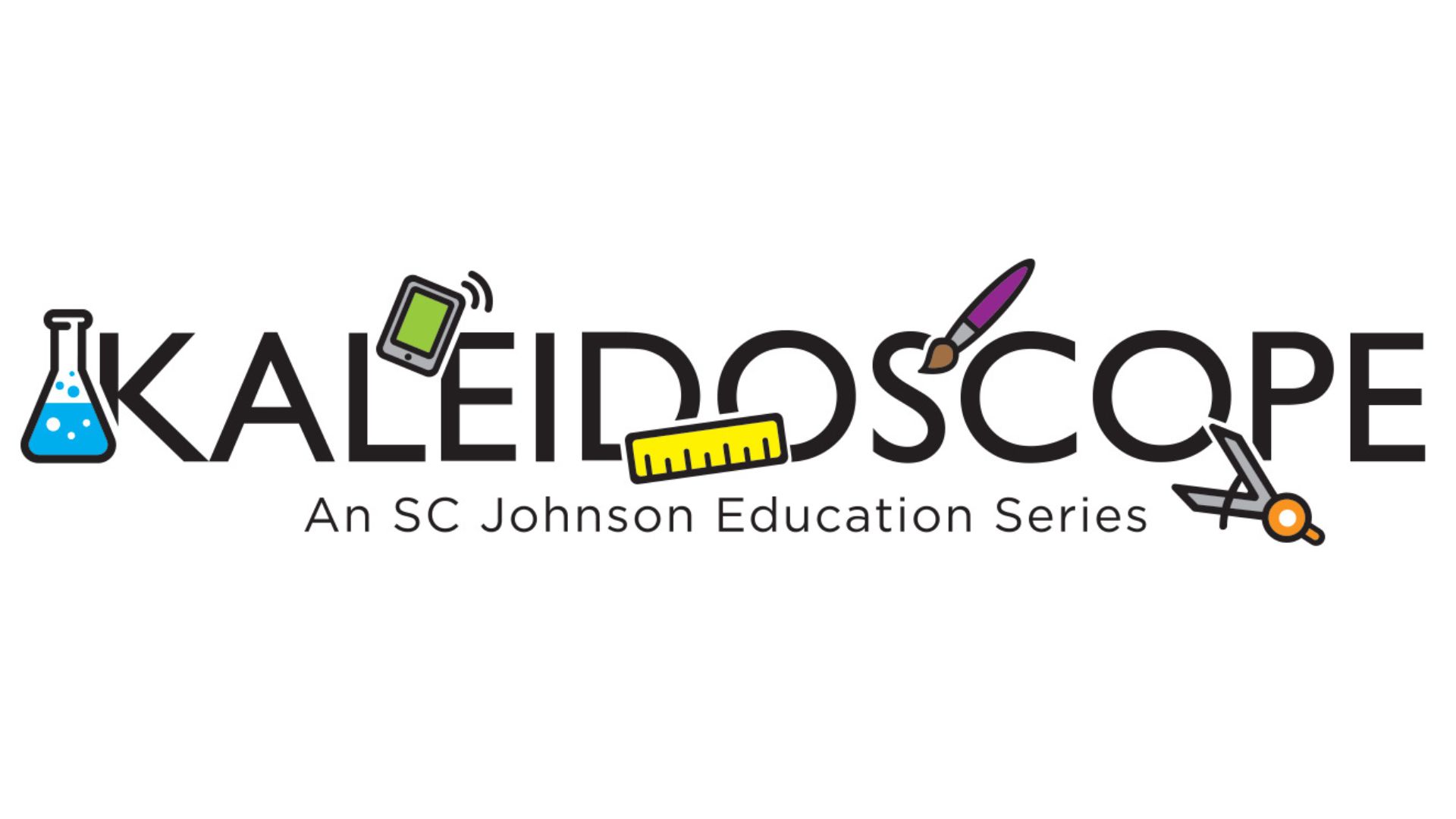
Empowering the Next Generation
This is the 45th year of STEM programs and the KES at SC Johnson. During the first year, 13 programs were offered at the Golden Rondelle Theater on the corporate campus, with 8,960 students and teachers attending. The theater itself has a tie to the inspiring possibility of children. It was built as the company’s pavilion for the 1964/1965 World’s Fair in New York to showcase the film To Be Alive, which traced how children in various parts of the world mature into adulthood.
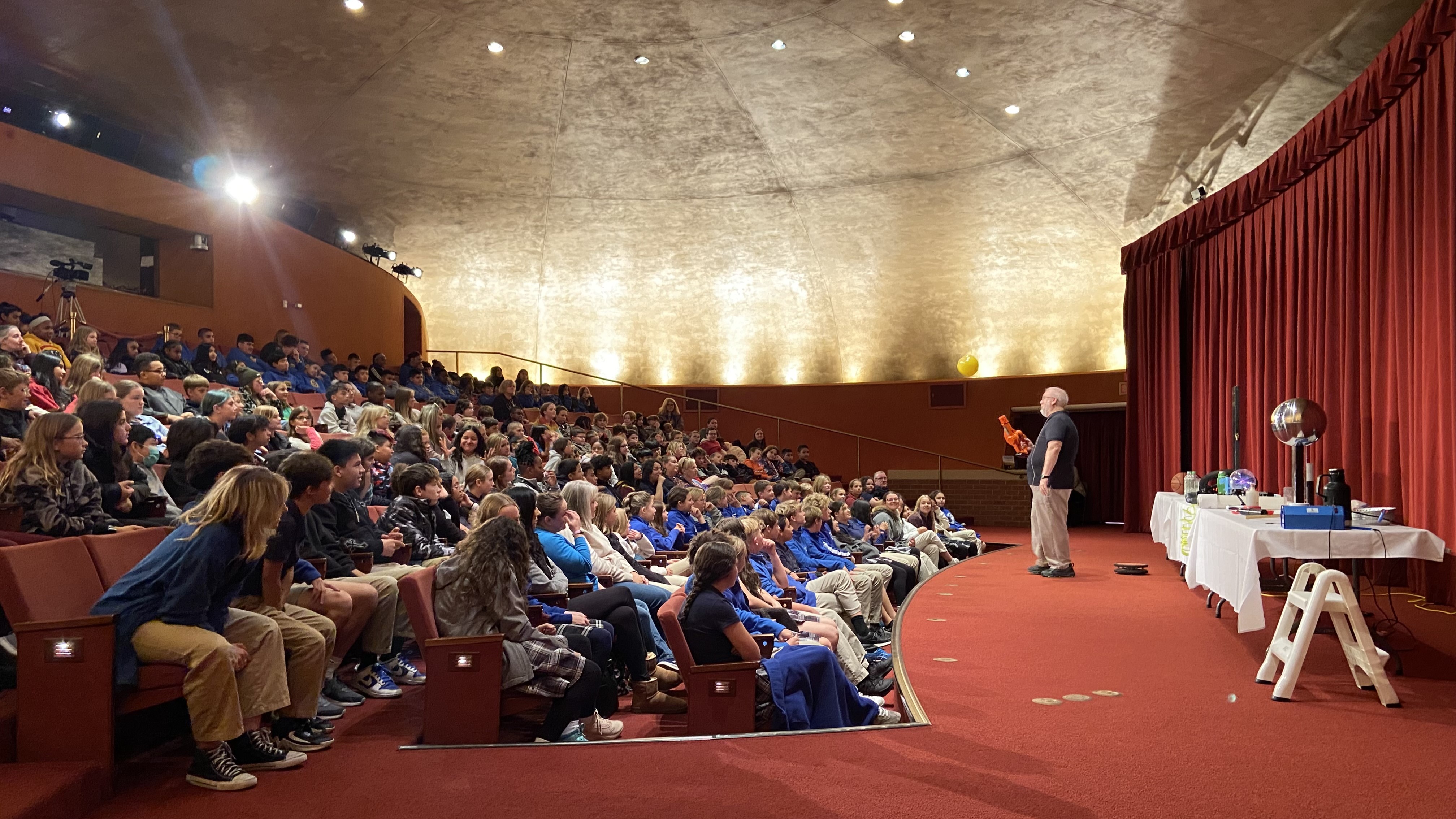
Inspiring Possibilities
Half the fun of a field trip is the social experience and the change in routine: the bus rides, picking out the lunch spot and hanging with friends. It’s different than sitting at a desk every day, five days a week, and in most cases, you see what you are learning applied in a real-world setting. More than that, however, field trips to education programs such as KES also stimulate children’s interest in learning not only during the trip but also for the rest of their lives.
A study of 400 adults — half of which had taken a learning trip in their youth, the other half had not — found that 59% of children who take school trips have better grades and higher graduation rates from high school (95%) and college (63%). A 2016 study echoes this, showing that science-oriented field trips can improve the scores of middle school students in scientific tests and increase their overall proficiency in the subject matter.
Most importantly, engaging students in STEM activities and learning experiences might help turn that switch on for something they’re interested in. Guiding a group of young girls through The Blue Paradox exhibit on the plastic pollution crisis at the Museum and Science and Industry may not only help them learn about the ocean but may also get them interested in aquatic life as a whole. A KES field trip about Paper Airplane Dynamics may spark an interest in flight and a career in aerospace engineering.
Or perhaps, simply, students have a great time learning and find themselves a little more interested in science than they were the day before.
